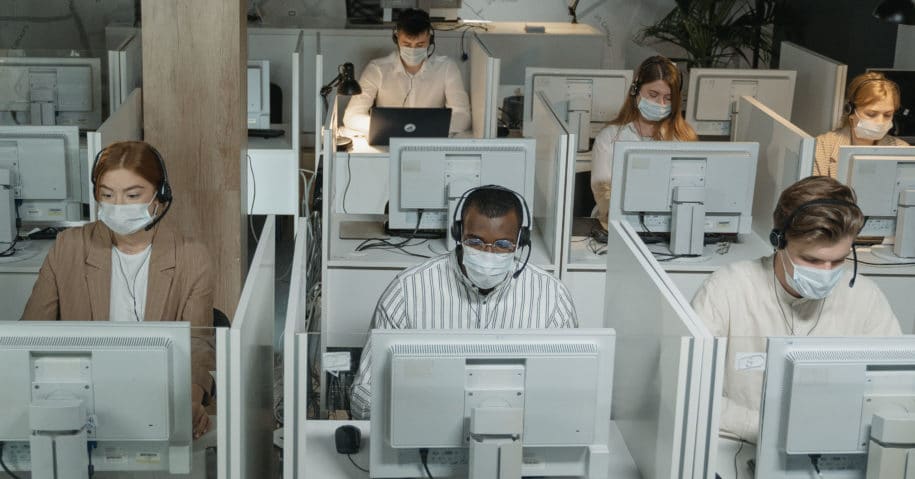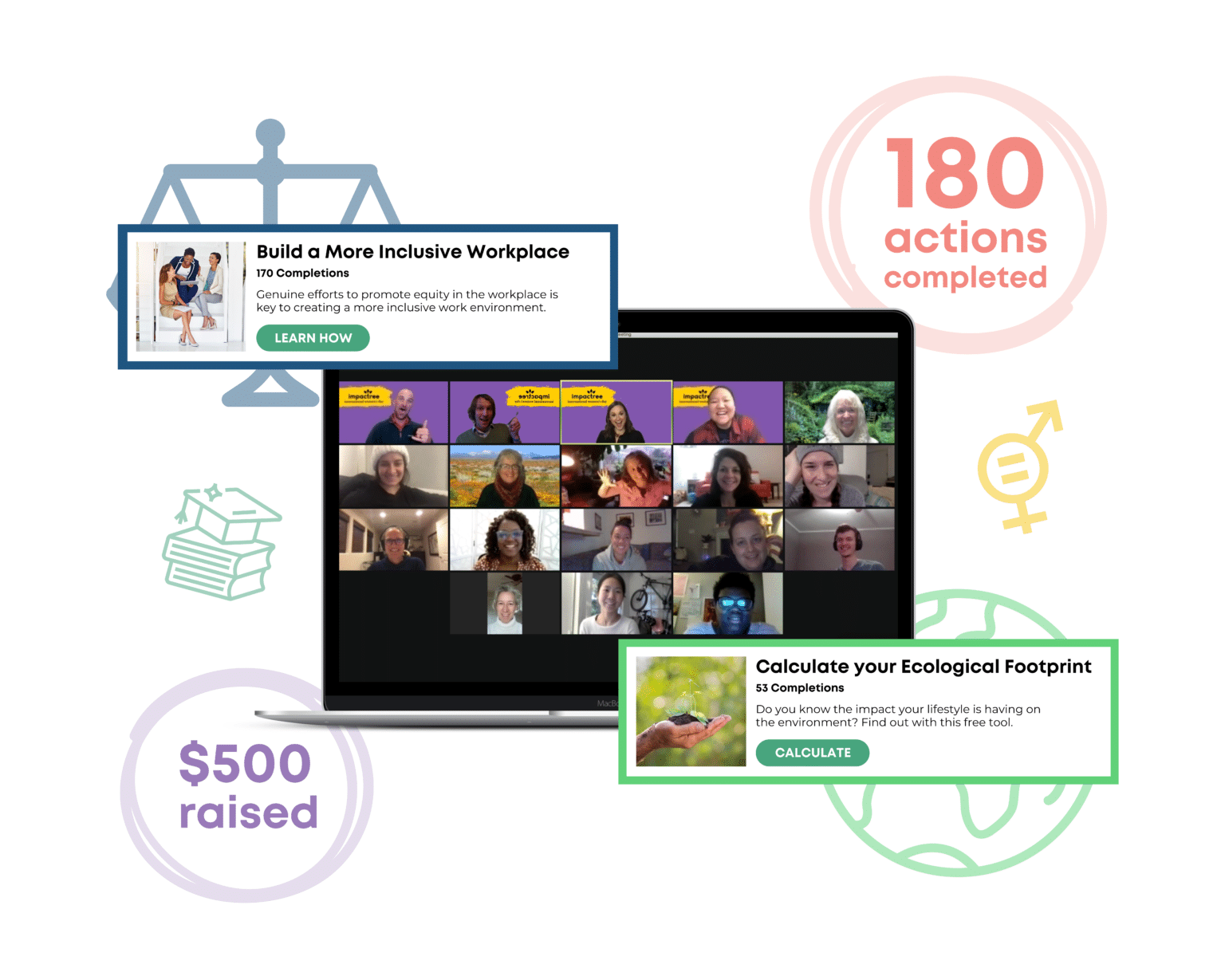What Will CSR and Business Look Like in a Post-Covid World?
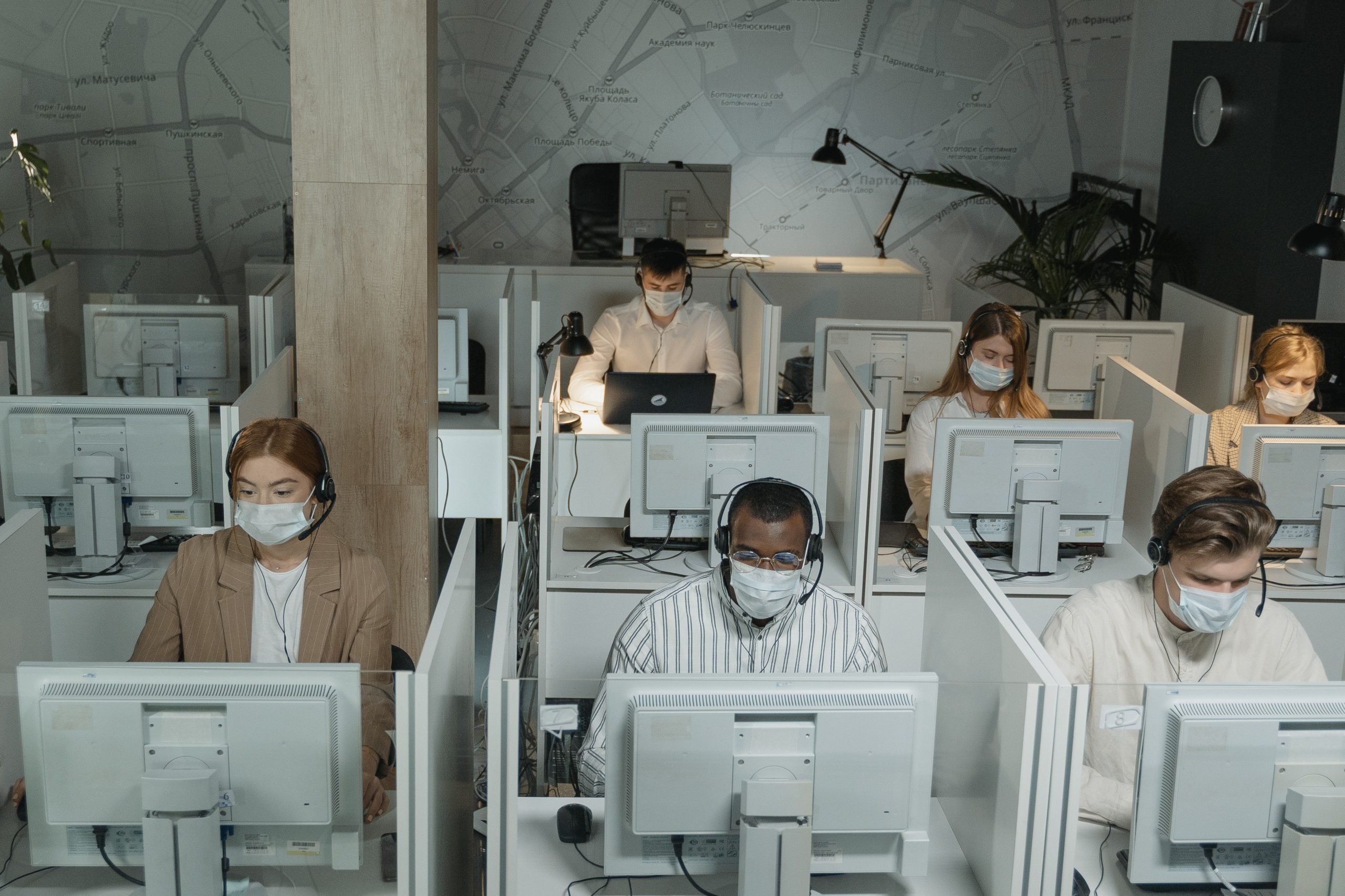
This is the fifth in an ongoing series of blogs exploring the meaning, implementation, function and future of CSR.
In late 2011, the Harvard Business Review published an article by Darrell K. Rigby entitled “The Future of Shopping” which speculated on the growth of the then novel internet retail space. As Rigby notes, “Every 50 years or so, retailing undergoes [a massive] kind of disruption;” first with industrialized cities and the railroad, then with the one-stop shopping of malls, and finally the rise of the discount and big-box store. “Each wave of change doesn’t eliminate what came before it, but it reshapes the landscape and redefines consumer expectations, often beyond recognition.”
In “The Future of Shopping,” Rigby sets online commerce as the next big disruption, noting its 9% retail share, up 5% from 2006. To better illustrate this not-too-distant future, Rigby creates a fictional scenario surrounding a Chicago woman named Amy to ideate on the future of shopping. “Today [Amy] starts shopping from her couch by launching a videoconference [sic] with her personal concierge at Danella, the retailer where she bought two outfits the previous month. The concierge recommends several items, superimposing photos of them onto Amy’s avatar. Amy rejects a couple of items immediately, toggles to another browser tab to research customer reviews and prices, finds better deals on several items at another retailer, and orders them.” What appeared as a far-off idea of shopping ten years ago has become commonplace in 2021.
In the wake of the COVID-19 pandemic, Shopify reports 150 million shoppers migrating online over 2020, with 79% of them indicating they plan to continue doing their shopping over the internet. In this socially distanced environment, retailers found options like “appointment-only shopping or shopping parties, digital try-ons, and Zoom stylist meetings” as viable options for retailing customers; echoing Rigby’s predictions a decade prior.
As vaccinations in the United States continue to rise, businesses are looking to reopen and get back to work. However, as made clear with the statistics above, shopping will not be the same as it was pre-pandemic. With this in mind, many are asking: what will the future of business be? Not only just shopping, but employment and corporate social responsibility? While physical locations and old-ways of business will not go completely extinct, they may be altered to a point of unrecognizability.
The Future of Brick and Mortar
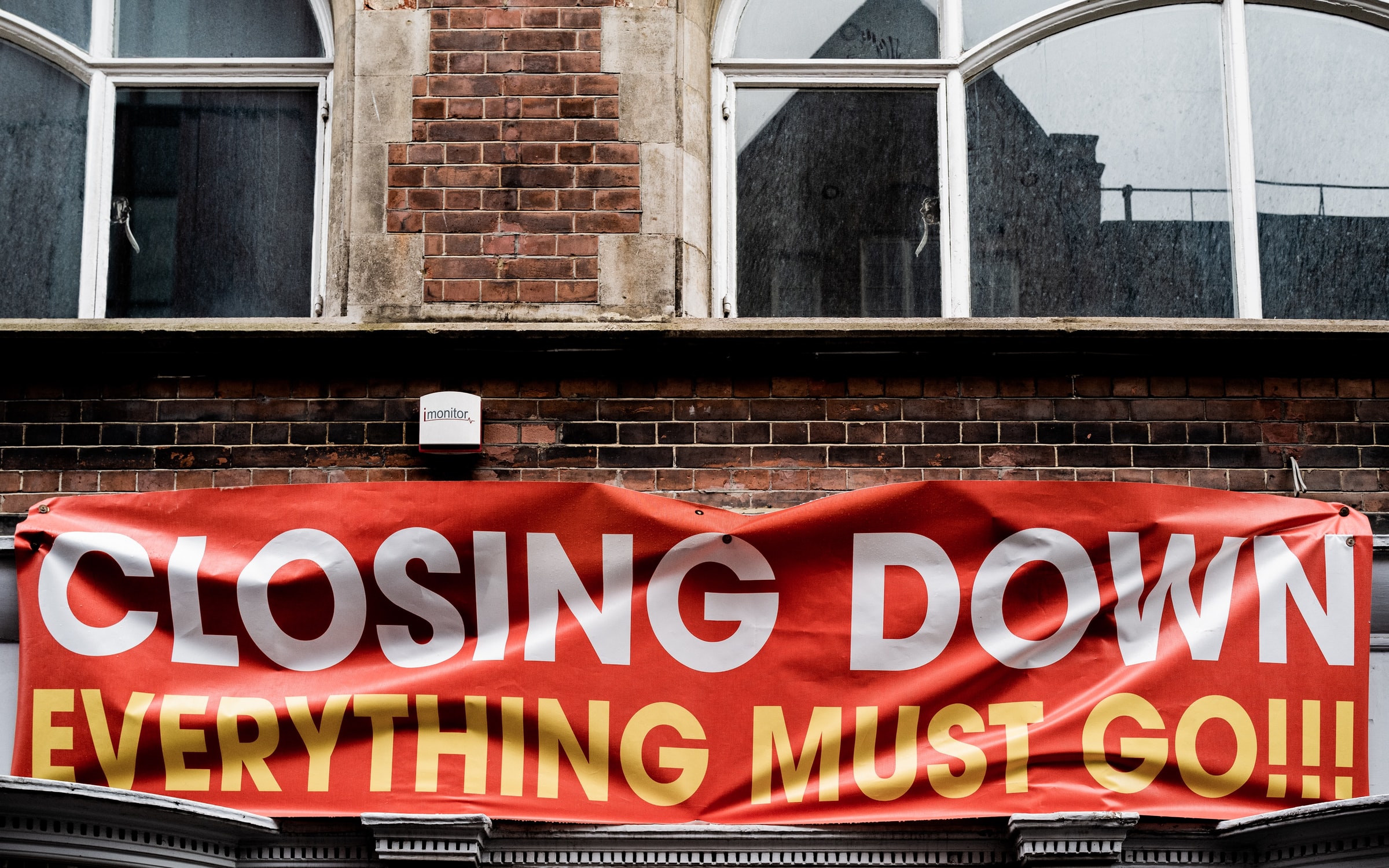
Much like Rigby, experts have been talking about the fate of brick and mortar stores for years, especially with the cataclysmically named retail apocalypse – a mass closing of multinational chain stores beginning around 2010 – being on the lips of economists for over a decade. However, the Coronavirus pandemic has quickened the cycle, closing hundreds of thousands of retail chains, along with numerous local brands and establishments.
From a time of great stress and the unfortunate shuttering of countless establishments, brick and mortar retailers have found new ways to connect to customers, even if it wasn’t face-to-face. One trend which became a new normal is the curbside pickup, giving customers a minimal contact means of purchasing products safely. This hybrid method combined the ease of online shopping with the instantaneous nature of purchasing from a store.
While it is nice to not have to wait for an item to ship, stores must offer customers more than speed, for online shopping is king in terms of convenience and ease. Because of this, businesses have had to discover what makes in-person shopping unique. Summed up in one word, shopping in a physical space can be more than just purchasing items: it can be an experience.
In an article by Business Because, Trinity Business School marketing professor Laurent Muzellec uses Swedish furniture powerhouse IKEA as a prime example of the power of experience, “People may spend an entire day at an IKEA warehouse, navigating the maze of showrooms and products. There’s also a café for customers to take a break during their shopping excursion.” Muzellec notes the similarities to booksellers a few years ago, who found physical book stores at threat from online sellers and e-readers. Industry giants like Barnes & Noble “introduced interactive events with authors, more diverse product offerings, and exclusive signed copies of texts to entice customers,” giving the physical shopping experience more tangible value.
While customers are being offered more options than ever, the same luxury cannot be said of employees. Retail, dining and entertainment were all hardest hit by the pandemic, causing millions of layoffs, in particular affecting low income individuals, women and people of color. While advancements have been made since early 2020, drastic shifts to retailers will have long lasting ramifications to employees. Yet, while retail spaces can not become remote only, numerous businesses found their offices closed and workload moved online. This change has drastically affected how employees see work; not just during the pandemic, but far after it is under control.
The New Normal

Businesswire reports that before the pandemic “64% of U.S. employees worked completely on-site, 16% worked completely remotely, and 20% worked a combination of both.” Yet, as of the report’s posting (March 31, 2021), “less than half of workers today (49%) are now working completely on-site, and the number of completely remote workers has risen to 28%. Those working both on-site and remote only increased 3% during the pandemic.” Of those surveyed, half expressed a desire to work a combination of in-person and remote.
It is clear from this data that after adjusting to remote employment for more than a year, most employees want to remain working from home in some capacity. And if the pandemic proved anything, it was that most companies can maintain their normal productivity while socially distanced. With this in mind, one must ask what the future of company culture and corporate social responsibility are in a post-pandemic, remote-working world?
While the pandemic stopped many things, the passion for corporate social responsibility principles in customers and employees has not ceased to grow. Especially in the wake of last summer’s Black Lives Matter protests, customers and employees want companies to play an active part in addressing racial inequality, along with most other social, economic and environmental issues. In fact, the same report which displayed employees’ desires to continue working from home found that “more than half (51%) of U.S. respondents said they would exclude a company from their job search if its values and stance on diversity and inclusion (D&I) didn’t match their own belief.”
Customers continue to also be heavily invested in companies’ CSR programs, wanting to feel their patronage supports brands which champion their own beliefs. To these people, the pandemic will be a stress test of CSR principles, with as many as “three in four Americans say[ing] they will long remember the companies that took missteps in their response to the pandemic,” with over four in five saying they’ll remember the companies who put their employees first and tried to avoid layoffs.
But as the environment around CSR continues to evolve and employees are distanced from each other, companies are wondering how they can keep employees engaged while displaying authentic and timely commitment to the numerous causes affecting the world. In this confusing time, Impactree has stepped up as a fantastic CSR tool, allowing brands customizable tools which display impact in real time.
Businesses Doing Good With Impactree
At Impactree, our platform is built to allow customers and employees to take actions on what they find important. With customizable Action Pages, companies can create hubs which address a variety of issues facing local communities, the country and the world. Not only does this give brands a place to motivate their constituents to make a tangible difference, but gives companies invaluable information on the specific issue areas which their customers and employees find valuable. With this data, companies can tailor their corporate social responsibility programs to better reflect the desires of their supporters in real time.
Our action hubs are also extremely powerful for responding to breaking news and shifts in social consciousness. No longer must a company be tied to a stringent CSR calendar, with Impactree allowing companies to quickly and simply create actions, giving customers and employees direct means of learning, supporting and taking action for current events as they happen.
In an age of socially distanced and remote workplaces, team building can be extremely challenging. Why not spice up the old Zoom Happy Hour routine while engaging employees’ desire to do good in the world? With Impactree’s exciting Action Parties, companies can build teamwork by giving employees a means of taking action in the world together. Not only do employees have fun hanging out with each other, but they walk away from an Action Party feeling a sense of collective impact, helping their teammates make a measurable difference in the world in a short amount of time.
A Post-Covid World
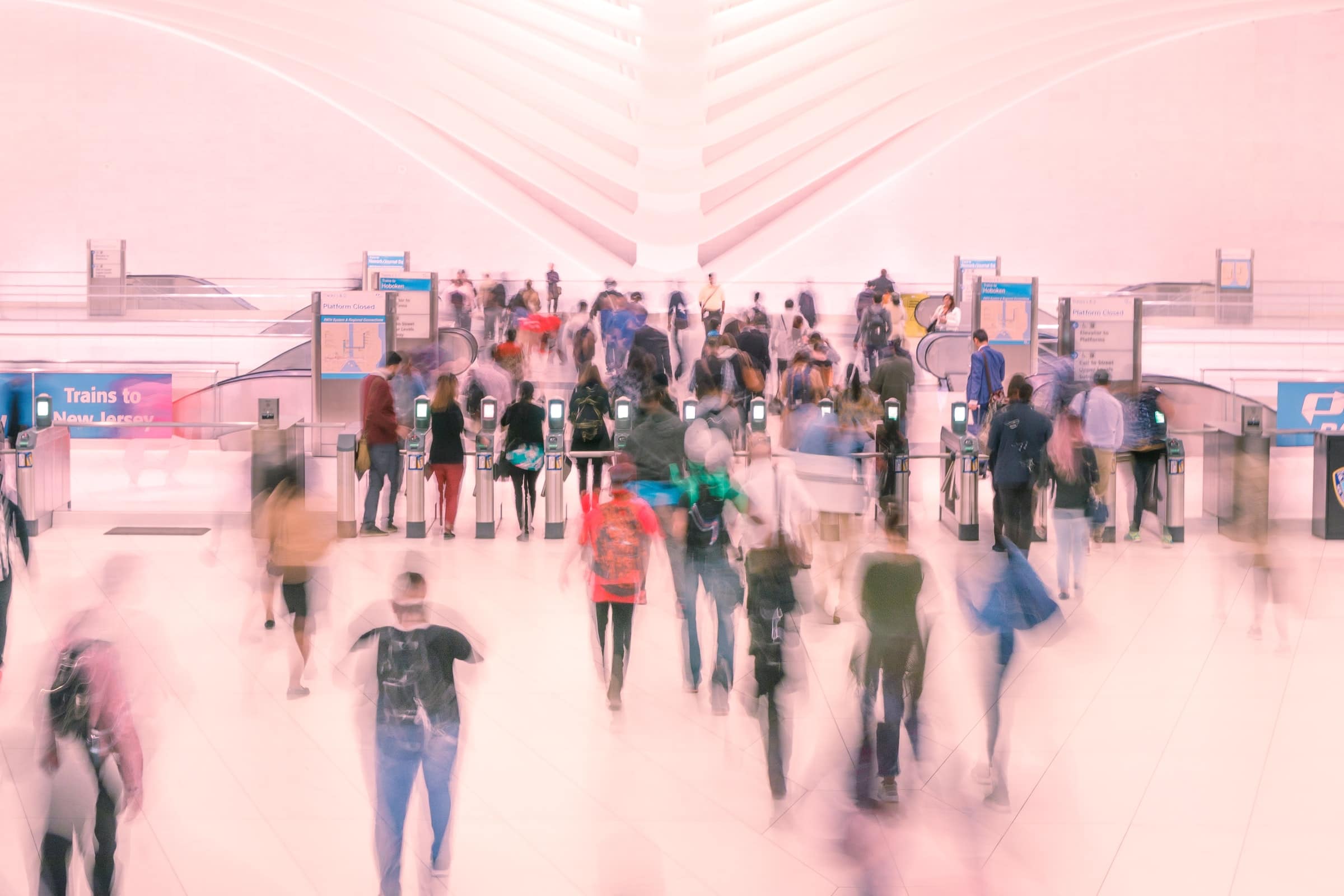
With shocking swiftness, multiple Covid vaccines have been developed, giving millions the hope of normalcy finally returning. However, the definition of normal has forever changed. And while COVID-19 and its variants will continue to affect life, the changes our world was forced to undertake have altered how people see employment and retail totally.
A post-Covid world is one influenced by a new reliance on telecommunication, remote employment, the changing landscape of CSR, online shopping and a forever-altered retail environment. Like Darrell K. Rigby foresaw in his eerily prophetic article “The Future of Shopping,” retail (and business at large) was just about to drastically change. However, Rigby could not have guessed how suddenly this new era would initiate.
In this new time, business must adapt to remain relevant. Rigby puts things more bluntly, “Retailers relying on earlier formats either adapt or die out as the new ones pull volume from their stores and make the remaining volume less profitable.” All business leaders must be asking themselves what their business offers in a post-Covid world, and how they will address the demands of a constantly shifting workforce and customer base.
While we cannot guess the future, Impactree will constantly be adapting and learning to evolve with the rapidly changing state of business and the world at large. As companies look for what they offer, Impactree will be there to support their quest and offer tools to engage and motivate customers and employees.
Next time we will look at the how to support and promote LGBTQ+ employees in an honest, authentic and helpful way.

